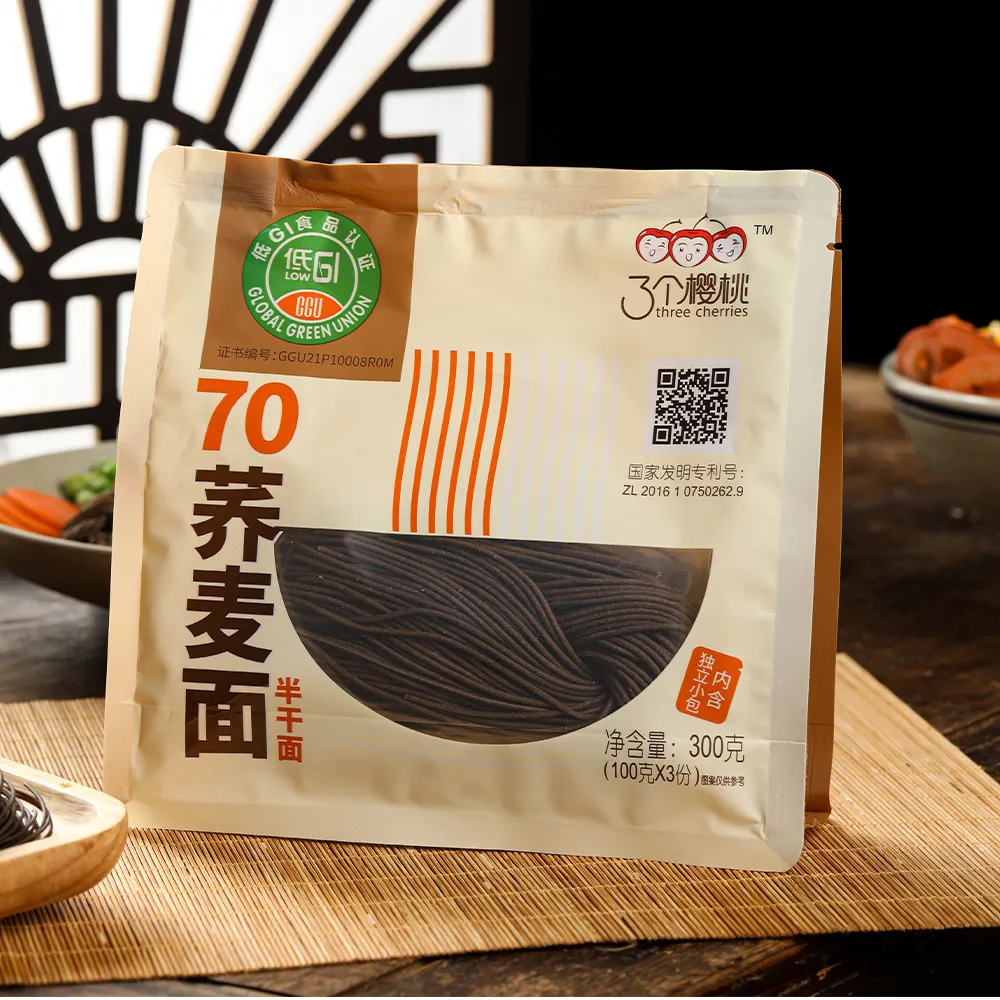A Step-by-Step Guide to Cooking Perfect Soba Noodles Every Time
How to Cook Soba Noodles A Step-by-Step Guide
Soba noodles, made from buckwheat flour, are a nutritious and versatile ingredient commonly found in Japanese cuisine. They have a unique nutty flavor and can be enjoyed hot in soups or cold in salads. Cooking soba noodles is relatively simple, but there are some essential steps to ensure they turn out perfectly. In this article, we will guide you through the process of cooking soba noodles, including tips for serving and pairing them with delicious accompaniments.
Step 1 Gather Your Ingredients
To cook soba noodles, you will need - Soba noodles (make sure to choose high-quality ones for the best flavor and texture) - Plenty of water (to properly boil the noodles) - A pinch of salt (optional)
For serving, you might want to prepare - Soy sauce or dipping sauce (such as tsuyu) - Green onions, chopped - Sesame seeds - Nori (seaweed), cut into strips - Wasabi or grated ginger (for a spicy kick) - Vegetables such as cucumber, radish, or carrots
Step 2 Boil the Noodles
1. Start with a Pot of Water Fill a large pot with water and bring it to a rolling boil over high heat. The amount of water should be ample to allow the noodles to move freely when cooking.
2. Add the Soba Noodles Once the water is boiling, carefully add the soba noodles to the pot. Stir gently to prevent them from sticking together.
3. Boil and Monitor Cook the noodles for about 4 to 6 minutes, depending on the brand and thickness of the noodles. Check the package instructions for specific cooking times, as they can vary.
4. Taste Test As the noodles approach the end of their cooking time, taste a strand to see if it's cooked to your liking. It should be tender yet firm (al dente).
Step 3 Drain and Rinse
how to cook soba noodles

2. Rinse with Cold Water This step is crucial, especially if you're serving the noodles cold. Rinse the noodles thoroughly with cold water for about 30 seconds to stop the cooking process and remove excess starch. If you're serving the noodles hot, a quick rinse is still helpful, as it helps prevent them from becoming gummy.
Step 4 Serve the Noodles
You can serve soba noodles in various delicious ways
1. Cold Soba Arrange the cold soba noodles on a plate or in a bowl. Serve with a dipping sauce, and garnish with toppings like sliced green onions, sesame seeds, and nori. This is a refreshing option during warmer months.
2. Hot Soba Soup If you prefer a warm dish, you can add the soba noodles to a flavorful broth or miso soup. Top with vegetables, tofu, or meat for a hearty meal.
3. Soba Salad For a quick meal, toss the cooked soba noodles with fresh vegetables, a drizzle of sesame oil, and soy sauce for a light salad. Add protein like chicken or shrimp for a more filling option.
Final Tips
- Storage If you have leftover soba noodles, store them in an airtight container in the refrigerator. They can be reheated in warm water or enjoyed cold in salads. - Nutritional Benefits Soba noodles are a great source of protein and fiber. They are gluten-free if made purely from buckwheat flour, making them suitable for gluten-sensitive individuals.
With these simple steps, you can master the art of cooking soba noodles and incorporate this versatile ingredient into your meals. Whether served cold or hot, soba noodles can add a delightful touch to your culinary repertoire. Enjoy your cooking experience!
-
Unleash Your Inner Chef with Delectable Italian Pasta CreationsNewsAug.01,2025
-
Savor Health and Flavor: Irresistible Soba Noodles for Sale Await!NewsAug.01,2025
-
Nourish Your Body with Premium Organic Ramen - A Culinary Delight AwaitsNewsAug.01,2025
-
Elevate Your Dishes with Our Exquisite Kinds of Egg NoodlesNewsAug.01,2025
-
Dive into Flavorful Convenience with Our Ramen OfferingsNewsAug.01,2025
-
Discover Exquisite Types of Naengmyeon and Chilled Soba NoodlesNewsAug.01,2025
-
Is Whole Wheat Pasta Healthy?NewsMay.30,2025
Browse qua the following product new the we

















































































































